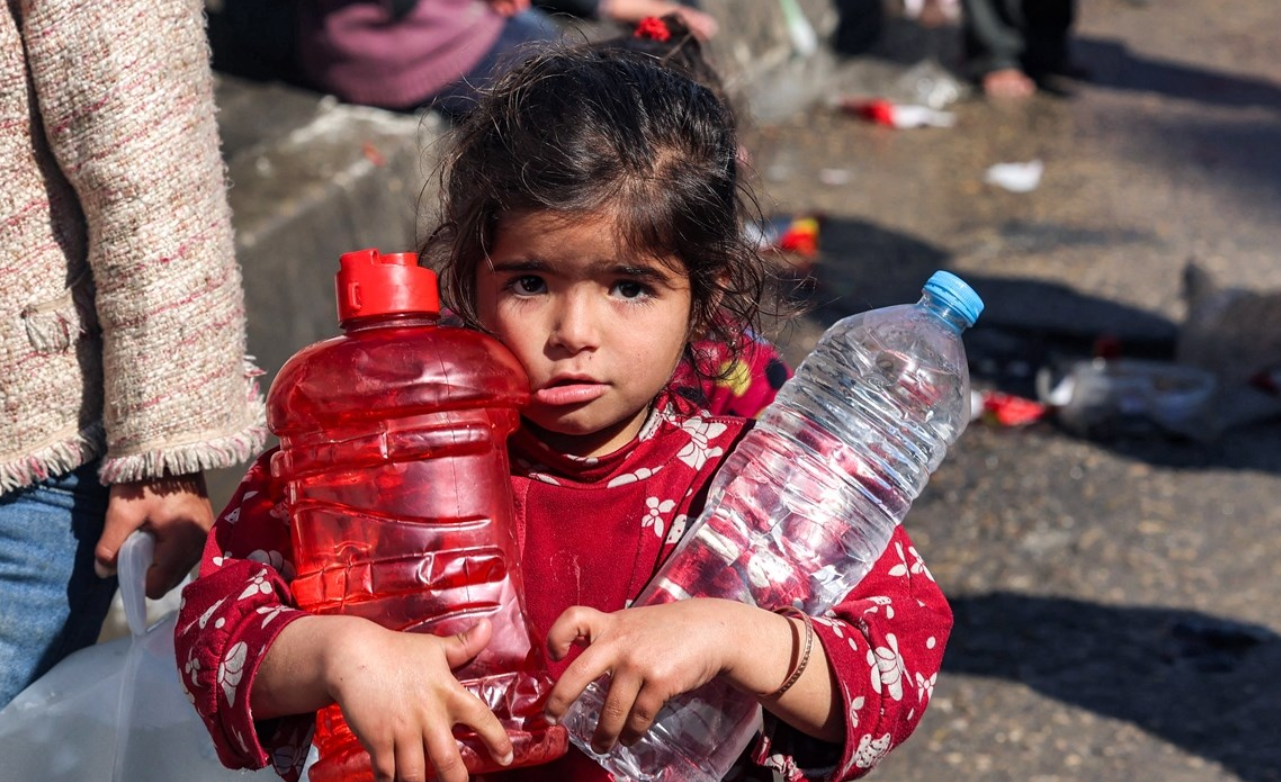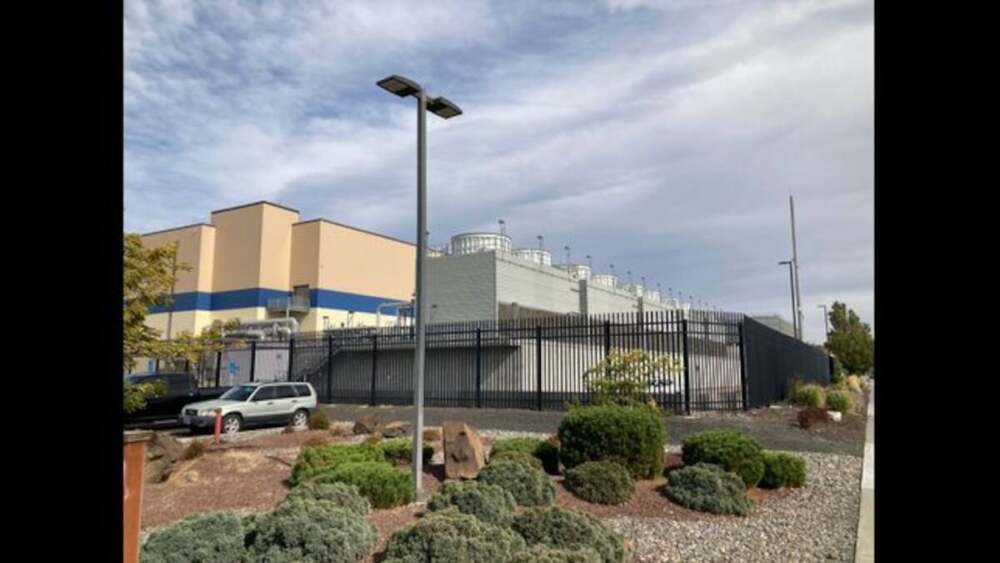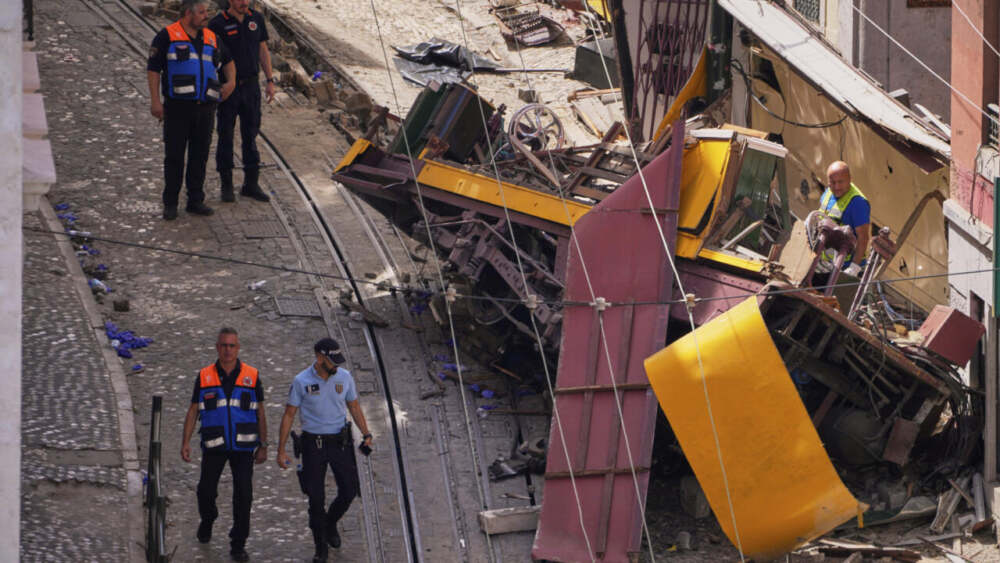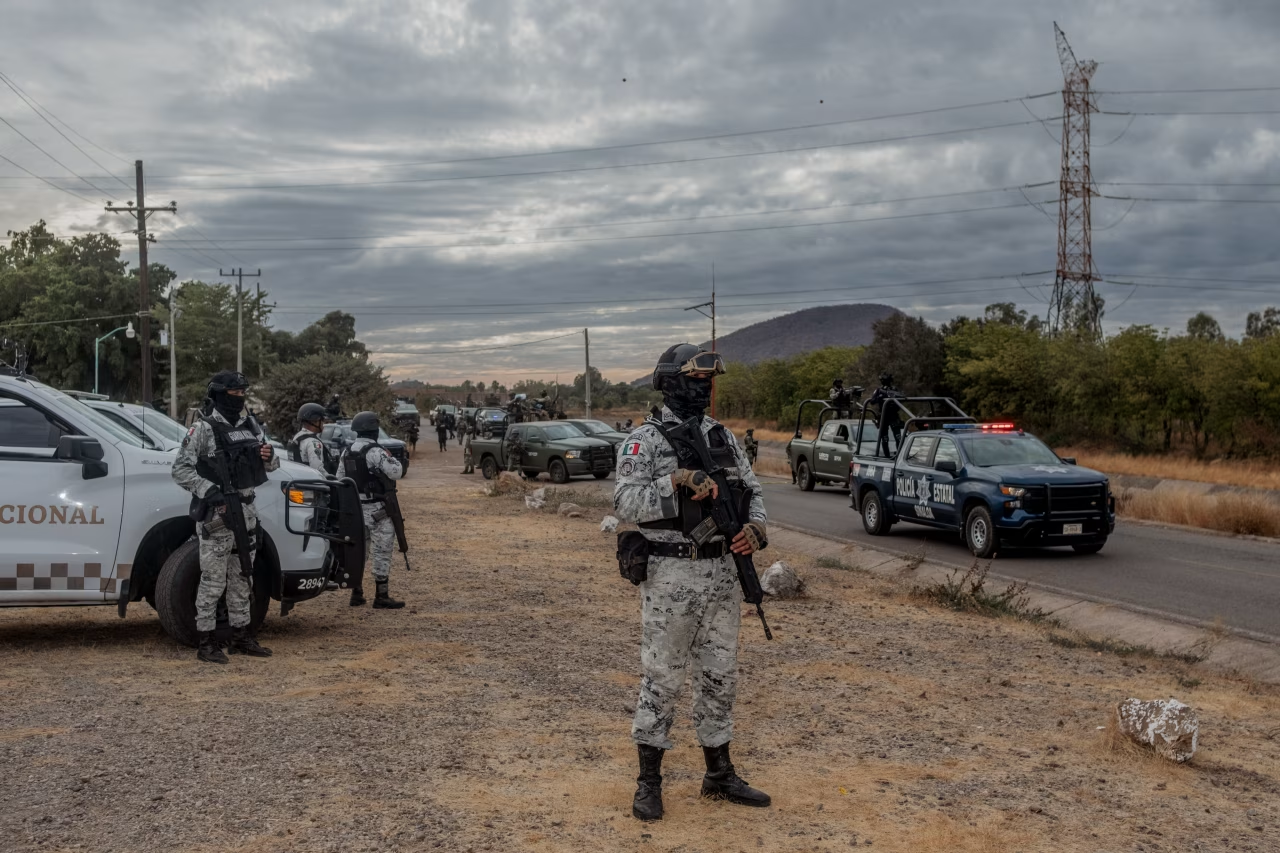Gaza Strip, August 6, 2025 — A severe water crisis has gripped the Gaza Strip, compounding the humanitarian catastrophe in the war-torn enclave. After nearly two years of conflict, the majority of Gaza’s population now relies on polluted water sources or intermittent humanitarian deliveries, with essential infrastructure in ruins and access to clean water all but nonexistent.
From Survival to Scarcity
Once dependent on a combination of local wells, desalination facilities, and water pipelines from Israel, Gaza’s water network is now in shambles. Bombings have shattered pipelines, wells have run dry or become contaminated, and the fuel necessary to power water pumps and desalination units is critically scarce.
The average Gazan receives just 3 to 5 liters of water per day—barely enough for drinking—far below the international emergency threshold of 15 liters per person per day. In contrast, residents in more stable regions typically consume more than 200 liters per day.
“People walk for hours to find water. Often, it’s brown and salty. But we have no choice,” said Fatima Al-Sabbah, a mother of four living in a tented camp in central Gaza. “Sometimes we drink, then get sick. But thirst is stronger than fear.”
Contaminated Sources and Rising Illness
With formal water systems broken or unreachable, civilians are turning to makeshift sources—often shallow wells, rainwater puddles, or hand-dug holes—many of which are dangerously contaminated. Saltwater intrusion, sewage leaks, and chemical runoff have poisoned Gaza’s groundwater for years, and now, without functioning purification systems, the risk of widespread disease is escalating.
Local health workers report a sharp increase in waterborne diseases such as diarrhea, hepatitis, and skin infections. Children and the elderly are especially vulnerable.
“Every day, we see more cases of illness linked to dirty water. Hospitals are overwhelmed and under-equipped,” said a medical volunteer in Khan Younis. “This isn’t just a water crisis—it’s a public health emergency.”
Fuel Shortages Cripple Response
Efforts to operate Gaza’s few remaining desalination units have faltered due to chronic fuel shortages and frequent airstrikes. Aid groups attempting to truck in clean water face security risks, logistical hurdles, and restrictions on movement across border crossings.
Water tankers, where they do reach people, often arrive sporadically and can’t meet demand. In many areas, the water must be rationed by the liter per family. Some families share one jerrycan among ten people for an entire day—barely enough to drink, let alone bathe or wash clothes.
Desperation and Dignity
In Gaza’s devastated neighborhoods, the struggle for water has become a symbol of survival—and of profound loss of dignity. Children can be seen pulling carts with empty containers for kilometers. Men dig through rubble, hoping to uncover underground pipes. Women queue for hours at makeshift distribution points, praying a delivery truck will arrive before sunset.
Despite international calls for urgent humanitarian access, little relief has reached the worst-affected areas. Aid organizations warn that without immediate and sustained support, the situation could deteriorate into a full-scale collapse of public health.
A Call for Action
While discussions are underway for long-term solutions, such as pipelines from neighboring Egypt or expanded desalination capacity, these efforts remain distant hopes. For now, the people of Gaza are left to rely on dwindling aid, contaminated wells, and sheer determination.
“The thirst is unbearable,” said a teenage boy in Rafah, balancing a plastic jug on his shoulders. “But we can’t give up. We have to survive.”
As the war rages on and infrastructure continues to be decimated, Gaza’s water crisis stands as a grim reminder: without clean water, survival becomes a daily battle—and peace becomes an even more distant dream.
















Leave a Reply